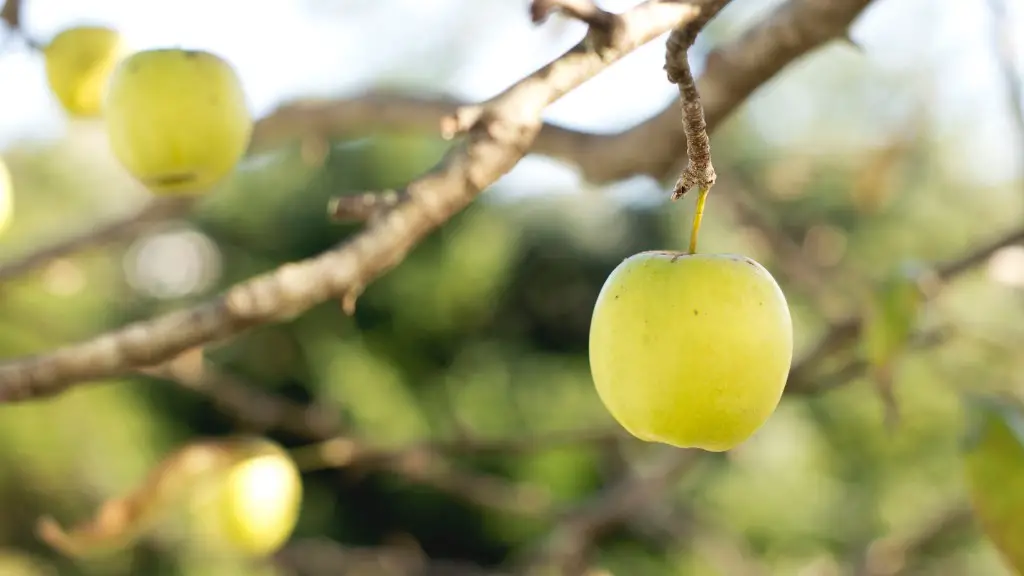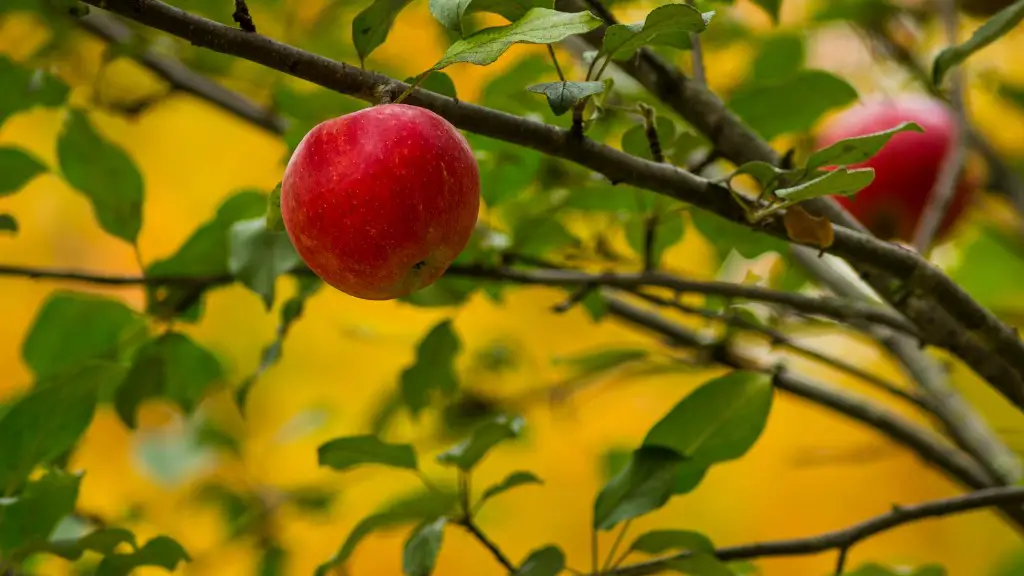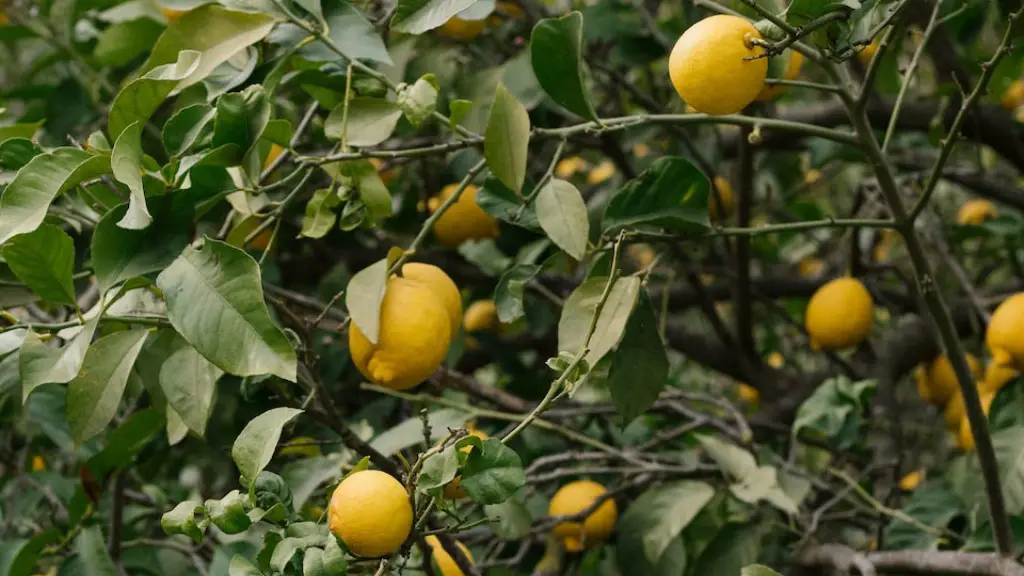How to Identify a Palm Tree
Palm trees are highly recognizable plants, commonly associated with swaying in the breeze near a beach or in the hot desert. But not all of these wide-reaching plants look alike or serve the same purpose. Identifying a palm tree is crucial for landscapers and growers, so familiarizing yourself with the various types of palm trees is important. Here are a few ways for you to identify a palm tree and understand why it’s shaped the way it is.
Appearance
A palm’s trunk does not have the side branches like most trees. Rather, the leaves of palms will be near the top of the trunk or scattered along it. The palm leaf is far different from a needled tree. The top of a palm tree will have multiple fronds, or leaves, that can range from shorter and more compact to longer and more spread out. The size and shape of the fronds play a large part in the aspect of identification.
The trunk of a palm is also unique. From the base of the palm to the top of the trunk it may be covered with a smooth bark, or it may be much more rough and covered with a diamond shape pattern. Both trunk styles are unique to palms and should help you distinguish a palm tree from any other tree.
Habitat
Where the tree grows is also very important when recognizing a palm tree. Not all types of palms survive in the same climate, let alone the same area. When thinking about the habitat where you are looking for a palm tree, it is important to remember whether you are near a freshwater source, the ocean, or farther away from a body of water. You should also note the type of soil the tree is growing in. A tree growing on a sandy beach and growing on a dense clay surface will have different requirements for survival and have different leaf shapes.
Productivity
The most important thing to consider when identifying a palm tree is its productivity. A palm tree will often produce fruit or seeds depending on the type of palm tree and the age of the tree. Because there are so many varieties of palm trees, it’s important to start with basic questions about the tree. Does it produce fruit, or is it unproductive? How large are the fruits? Do the fruits have hard shells, or are they soft?
All of these questions will help you identify the type of palm tree you have and its production capabilities. Once you determine the type of palm tree, you can decide whether it’s right for your particular needs. Some types of palms are better suited for making palm oil products, while others are best for producing edible fruits and nuts.
Age and Growth
When trying to identify a palm tree, it’s also important to look at the age and growth of the tree. The size and shape of the trunk will vary depending on the age of the tree. An older tree is likely to have a thicker, more symmetrical trunk, while a younger tree may be more slender and branch off in multiple directions. Depending on the type of tree, it may also have multiple trunks that have grown together over the years.
Typically, palms will look very different from conifers, or needled evergreens, which have a traditional pyramid shape. Palm trees usually have a straight trunk, fronds that are spread out at the top, and no side branches. Some palm trees may look like a bush, or like a single tree with multiple trunks.
Types of Palms
Identifying a palm tree is easier when you know some of the common types of palms. Most palms are tropical in origin, meaning they can only be grown in warm climates with lots of sun and moisture. Some of the more popular palm trees include the Cocos palm, which is commonly used to make coconut products, and the Date Palm, which produces edible dates.
Other popular varieties of palm trees include the Areca Palm, the Phoenix palm, and the Arenga palm. These palms are native to tropical climates and often used in landscaping and to provide shade. When trying to identify a palm tree, it is important to know some of these varieties, as well as the differences between them.
Palm Tree Care and Maintenance
Once you have identified the palm tree correctly it is important to take good care of it. Different types of palms require different levels of pruning and fertilizing, so it’s important to research the particular type you have. Palm trees in general prefer soils with good drainage, so it’s important to properly water your pal tree to keep it healthy and strong.
Making sure a palm tree is pruned properly is also important. Pruning will help the palm tree retain its shape and resist disease. The most important thing to remember is that a properly cared-for palm tree will last longer and produce better fruit or nuts.
Recognizing Infestations and Diseases
When recognizing a palm tree, one of the most important questions to ask is whether the tree has any signs of disease. Palms can be susceptible to a number of fungal and bacterial infections, so it is important to check for any signs of these. Inspect the underside of the leaves for any signs of discoloration or rot. If either of these issues is present, it is important to seek out professional help to treat the palm tree.
Another important sign to look for is infestation by insects. Different types of insects will call the palm tree their home, so make sure to check for signs of infestation. If there is an infestation, it is important to quickly identify and treat the issue to prevent further damage to the tree.
Additional Tips for Identifying a Palm Tree
In addition to the information above, here are a few other tips to help you identify a palm tree. When looking at a palm, look for the clusters of leaflets that are attached to the frond. These leaves are telltale signs of a palm tree. The leaflets will be in even numbers, fanning outward from the frond with a single, central leaflet.
Also, if you can get up close to the palm tree and inspect its crown, you should be able to see the different types of flowers on the tree. The flowers are typically small and white, and they will give you more information about the type of palm tree you are looking at.
Palm Tree Benefits
Palm trees can be an excellent addition to any yard or garden. They can provide shade, food, and beautify any outdoor space. Furthermore, many palm varieties are drought-resistant and can help reduce water usage. Some palm varieties are also resistant to pests and diseases, making them easier to maintain than other types of trees.
When maintained properly, palm trees will last for a very long time. They are also very versatile and can grow in a variety of soil conditions, climates, and environments. From providing shade to producing fruit and nuts, palm trees can be a great addition to any landscape.
Alternative Uses for Palm Trees
Palm trees can also provide a variety of other benefits. From providing shelter and shade to creating compost, palm trees can be useful in many different ways. Many people use palm fronds to create compost piles or use the leaves for mulch and gardening. Palm fronds are also an excellent source of organic matter for composting and can be used to create shade.
The leaves of a palm tree can also be used to make interior decor items such as wall hangings, rugs and table runners. Palm fronds can also be dried and used as natural packing material. Additionally, palm trees provide safe havens for many birds and animals, offering protection and food.
Palm Tree Maintenance
Whether you are just looking to recognize a palm tree or are looking to care for one, it is important to follow the appropriate palm tree maintenance tips. It is important to remember to water your palm tree properly, as well as use an appropriate mulch and fertilizer.
Pruning a palm tree is also crucial for its health and growth. Pruning will help the palm tree keep its shape and encourage it to produce more fruit or nuts. Pruning is also necessary to get rid of dead or diseased fronds and encourage new growth. It is also important to check for any signs of disease regularly and to treat any infected areas quickly.
Harvesting Palm Trees
When it comes time to harvest fruits or nuts from your palm tree, it is important to select them carefully. The best fruits or nuts will be the ones that are top heavy with seeds, as these will be the best producers. It is also important to check for any signs of insect infestation or rot before harvesting. Harvesting should always be done when the fruits are ripe, as this will ensure that the flavor and quality of the produce will be the best.
When harvesting palm nuts, it is important to crack the shells carefully to avoid damaging the nut on the inside. Thankfully, most palm nuts don not require any additional processing and can be eaten as-is. However, it is important to remember that different types of nuts require different levels of cracking and processing.



